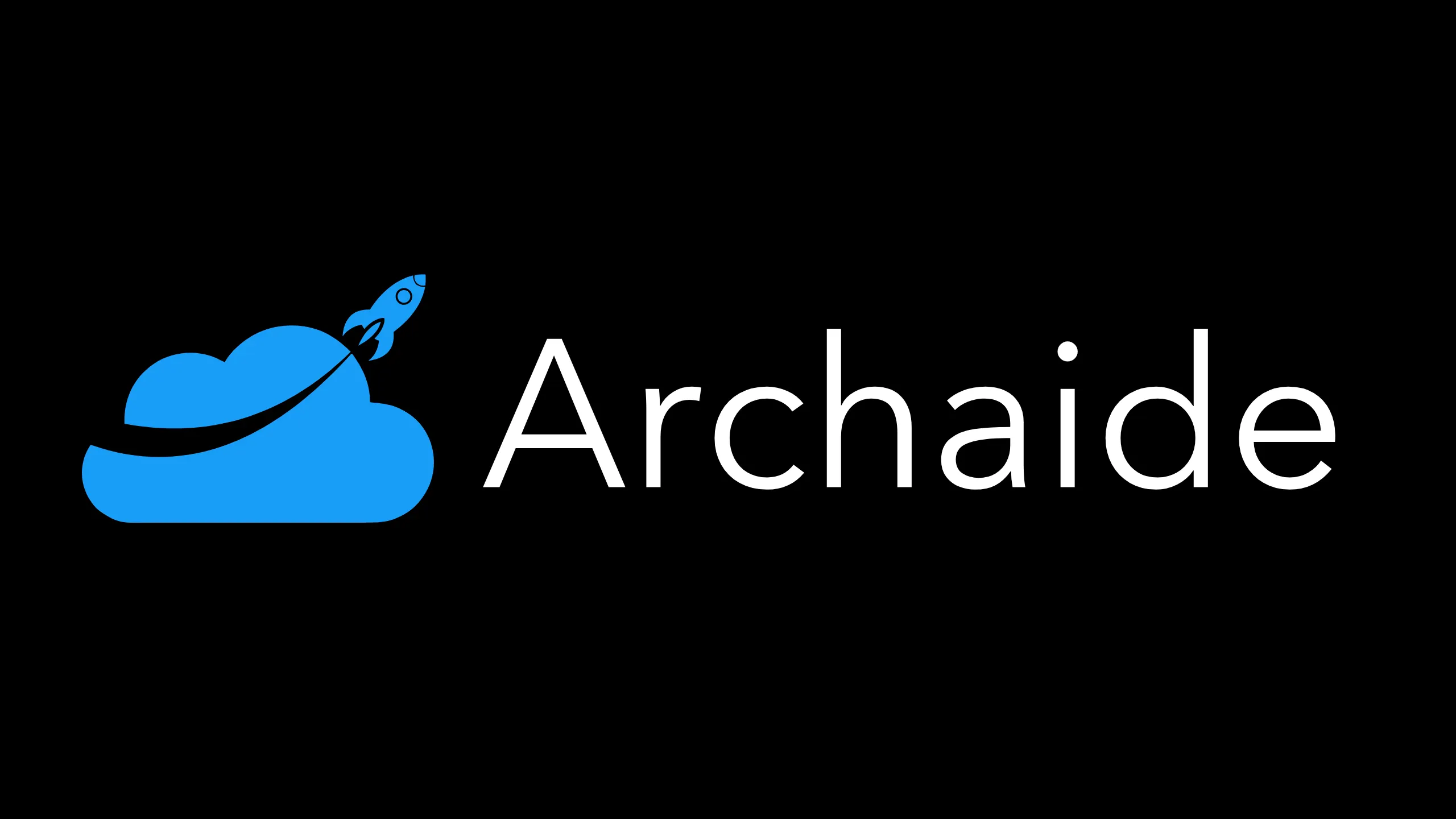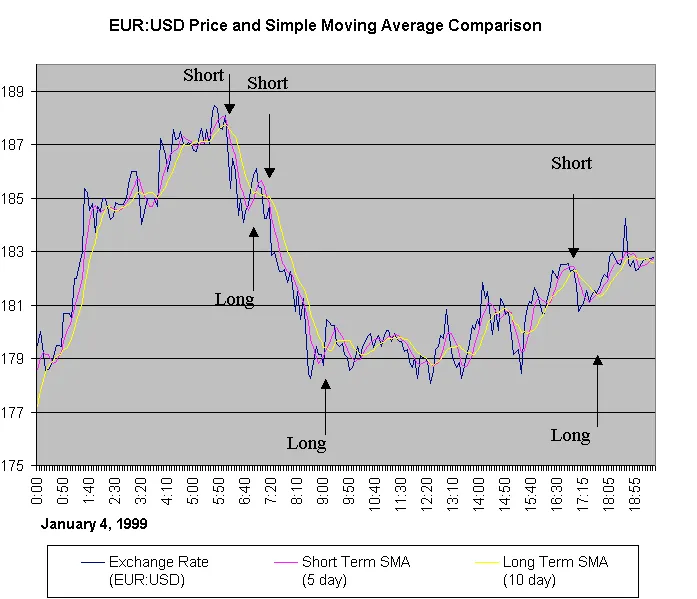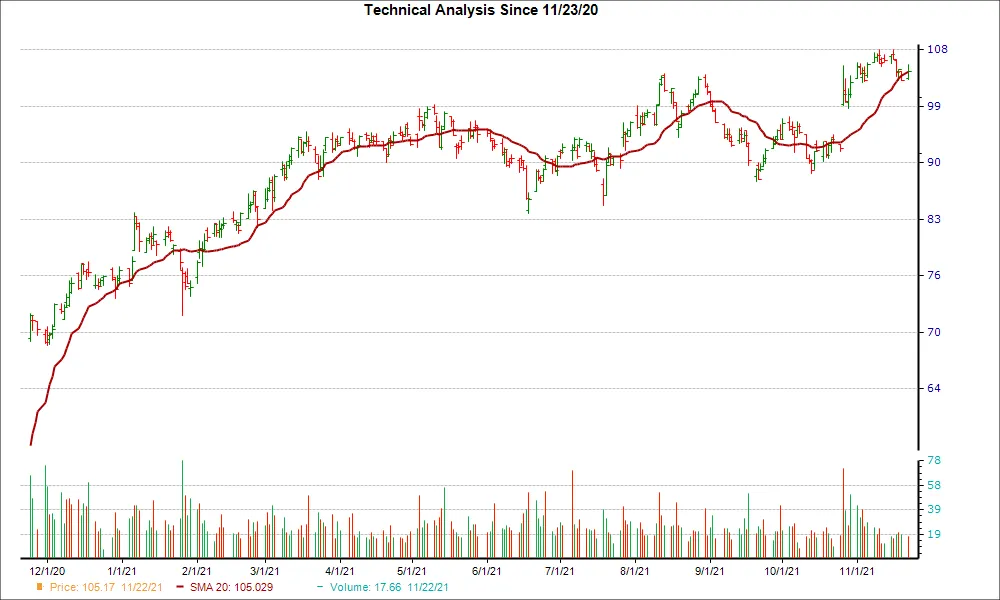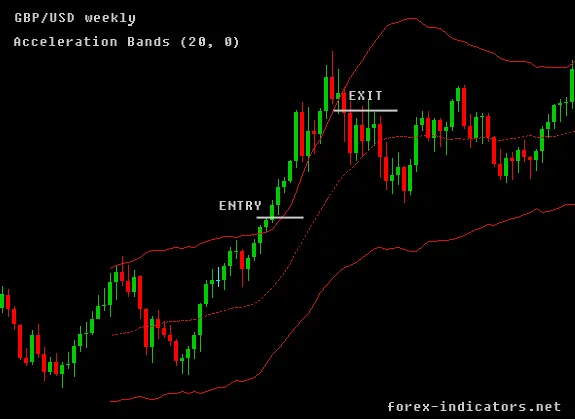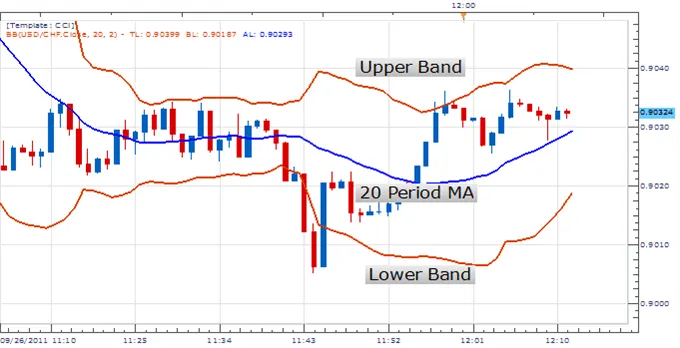Rate of Change Study
By Samantha Baltodano
TL;DR:
The Price Rate of Change (ROC) is a technical indicator that measures the percentage change in price between the current price and the price a certain number of days ago (n value). The ROC is plotted against zero, with positive values indicating upward momentum and negative values indicating downward momentum. Zero-line crossovers, overbought and oversold levels, and divergences are used to signal trend changes. The ROC is similar to the momentum indicator, but the difference is that the ROC divides the difference by the price n periods ago to give a percentage, while the momentum indicator multiplies the difference by 100 or divides the current price by the price n periods ago and multiplies by 100.
What Is The Rate of Change Study?
The price Rate of Change (ROC) is a momentum-based technical indicator that measures the percentage change in price between the current price and the price a certain number of days ago.
The ROC indicator is plotted against zero, with the indicator moving upwards into positive territory if price has increased, and moving into negative territory if price has decreased.
The indicator can be used to spot divergences, overbought and oversold conditions, and centerline crossovers.
The Formula for the Price Rate of Change Indicator Is:
The formula for the Price Rate of Change (ROC) indicator is:
ROC = ( (Closing Price today - Closing Price n periods ago) / Closing Price n periods ago ) * 100,
where "Closing Price today" is the most recent day's closing price, "Closing Price n periods ago" is the closing price n periods ago, and "n" is the number of periods used for comparison (such as 1 for a comparison of today's and yesterday's prices, or 9 for a comparison of the last 9 days)
How to Calculate the Price Rate of Change Indicator
The main step in calculating the ROC is picking the "n" value. N is how many periods ago the current price is being compared to.
For example, if you’re calculating the rate of change between today’s close price and yesterday’s close price, then your N = 1.
Short-term traders may choose a small n value, such as nine. Longer-term investors may choose a value such as 200.
Smaller N values will see the ROC react more quickly to price changes, but that can also mean more false signals. A larger value means the ROC will react slower, but the signals could be more meaningful when they occur.
- Select an n value. It can be anything such as 12, 25, or 200. Short-term traders typically use a smaller number while longer-term investors use a larger number.
- Find the most recent day’s closing price.
- Find the period's close price from n days ago.
- Plug the prices from steps two and three into the ROC formula.
- As each period ends, calculate the new ROC value.
What Does the Price Rate of Change Indicator Tell You?
The ROC indicator is classified as a momentum or velocity indicator because it measures the strength of price momentum by the rate of change. For example, if a stock's price at the close of trading today is $10, and the closing price five trading days prior was $7, then the five-day ROC is 42.85, calculated as:
((10−7)÷7)×100=42.85
Like most momentum oscillators, the ROC appears on a chart in a separate window below the price chart. The ROC is plotted against a zero line that differentiates positive and negative values. Positive values indicate upward buying pressure or momentum, while negative values below zero indicate selling pressure or downward momentum. Increasing values in either direction, positive or negative, indicate increasing momentum, and moves back toward zero indicate waning momentum.
Zero-line crossovers can be used to signal trend changes. Depending on the n value used these signals may come early in a trend change (small n value) or very late in a trend change (larger n value). The ROC is prone to whipsaws, especially around the zero line. Therefore, this signal is generally not used for trading purposes, but rather to simply alert traders that a trend change may be underway.
Overbought and oversold levels are also used. These levels are not fixed, but will vary by the asset being traded. Traders look to see what ROC values resulted in price reversals in the past. Often traders will find both positive and negative values where the price reversed with some regularity. When the ROC reaches these extreme readings again, traders will be on high alert and watch for the price to start reversing to confirm the ROC signal. With the ROC signal in place, and the price reversing to confirm the ROC signal, a trade may be considered.
ROC is also commonly used as a divergence indicator that signals a possible upcoming trend change. Divergence occurs when the price of a stock or another asset moves in one direction while its ROC moves in the opposite direction.
For example, if a stock's price is rising over a period of time while the ROC is progressively moving lower, then the ROC is indicating bearish divergence from price, which signals a possible trend change to the downside. The same concept applies if the price is moving down and ROC is moving higher. This could signal a price move to the upside. Divergence is a notoriously poor timing signal since a divergence can last a long time and won't always result in a price reversal.
The Difference Between the Price Rate of Change and the Momentum Indicator
The two indicators are very similar and will yield similar results if using the same n value in each indicator.
The main difference is that the ROC divides the difference between the current price and price n periods ago by the price n periods ago. This makes it a percentage.
Most calculations for the momentum indicator don't do this.
Instead, the difference in price is simply multiplied by 100, or the current price is divided by the price n periods ago and then multiplied by 100.
Both these indicators end up telling similar stories, although some traders may marginally prefer one over the other as they can provide slightly different readings.
Limitation of Using the Price Rate of Change Indicator
One potential problem with using the ROC indicator is that its calculation gives equal weight to the most recent price and the price from n periods ago, despite the fact that some technical analysts consider more recent price action to be of more importance in determining likely future price movement.
The indicator is also prone to whipsaws, especially around the zero line. This is because when the price consolidates the price changes shrink, moving the indicator toward zero. Such times can result in multiple false signals for trend trades, but does help confirm the price consolidation.
While the indicator can be used for divergence signals, the signals often occur far too early. When the ROC starts to diverge, the price can still run in the trending direction for some time. Therefore, divergence should not be acted on as a trade signal, but could be used to help confirm a trade if other reversal signals are present from other indicators and analysis methods.
Test The Rate of Change Study
Great news!
You can back test this exact strategy on historical data for any of your favorite symbols using TradingView.
This strategy has already been built and all you have to do is log in and take it for a spin. You can access this indicator here.
If you’re new to back testing and to TradingView, don’t worry. I created a step-by-step guide you can follow to begin testing the Rate of Change Study.
Summary
- The Price Rate of Change (ROC) oscillator is an unbounded momentum indicator used in technical analysis set against a zero-level midpoint.
- A rising ROC above zero typically confirms an uptrend while a falling ROC below zero indicates a downtrend.
- When the price is consolidating, the ROC will hover near zero. In this case, it is important traders watch the overall price trend since the ROC will provide little insight except for confirming the consolidation.
Rate of Change is just one of many studies that Archaide automates. For a full list of strategies and studies available click here.
Like what you read? Check out the rest of our content!
